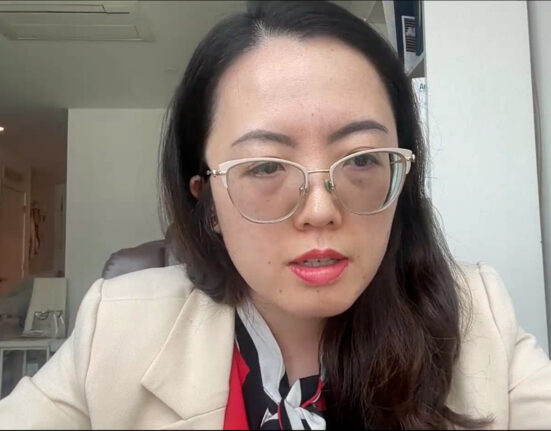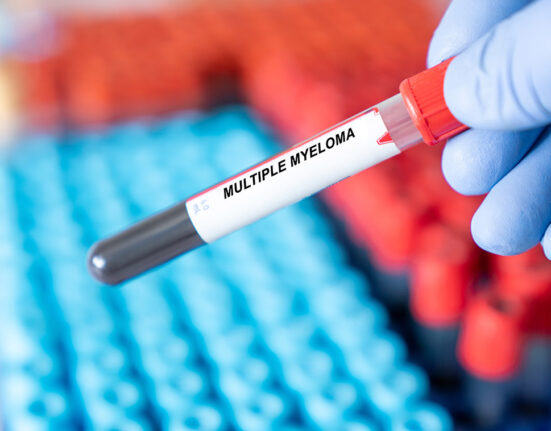By: Kerri Fitzgerald
Sintilimab plus ifosfamide, carboplatin, and etoposide (ICE) as second-line treatment of classical Hodgkin lymphoma (cHL) significantly improved complete remission rates (CRRs) compared with ICE alone, according to a study presented at the 2025 ASCO® Annual Meeting by Yuankai Shi, MD, PhD, of the Cancer Hospital at the Chinese Academy of Medical Sciences in Beijing.
The multicenter, randomized, controlled, double-blind, phase 3 ORIENT-21 study included 81 patients (as of November 21, 2024) with cHL who progressed following first-line standard chemotherapy. There was a safety run-in phase that included patients receiving sintilimab plus ICE (n=10); this was followed by a randomized phase where patients received sintilimab plus ICE (n=34) or placebo plus ICE (n=37) for six cycles. Patients who did not progress continued sintilimab or placebo monotherapy.
After a median follow-up of 38.4 months, significantly higher CRRs were observed in both the modified intention to treat (mITT) and ITT cohorts of those receiving the sintilimab regimen compared with placebo:
- mITT: 61.8% vs 32.4% (P=0.0295)
- ITT: 61.4% vs 32.4% (P=0.0105)
The median duration of complete remission was not reached in the sintilimab cohort (mITT, 28.6%; ITT, 22.2%) and was 20.7 months in the placebo group.
Sixteen patients in the control cohort switched to sintilimab monotherapy after disease progression.
In the ITT cohort, median progression-free survival was not reached with sintilimab plus ICE (events in 34.1% patients) and was nine months in the placebo group (hazard ratio, 0.48; 95% CI, 0.23-1.00).
Among 80 patients assessed for safety, all experienced treatment-emergent adverse events (TEAEs); grade ≥3 TEAEs occurred in 81.4% patients on sintilimab (n=43) and 97.3% on placebo (n=37). The most common grade ≥3 TEAEs were decreased neutrophil count (62.8% vs 70.3%), decreased white blood cell count (53.5% vs 64.9%), and decreased platelet count (51.2% vs 67.6%). Patients in both the sintilimab and placebo groups discontinued treatment due to TEAEs (18.6% vs 13.5%), though no TEAEs resulted in patient deaths.
This study is funded by Innovent Biologics (Suzhou) Co., Ltd.
Reference
Liu P, Li Z, Cen H, et al. Sintilimab (anti-PD-1) plus ifosfamide, carboplatin, and etoposide (ICE) in second-line classical Hodgkin lymphoma (cHL): results of a multicenter, randomized, controlled, double-blind phase 3 study (ORIENT-21). Abstract #7007. Presented at the 2025 ASCO® Annual Meeting; May 30-June 3, 2025; Chicago.







